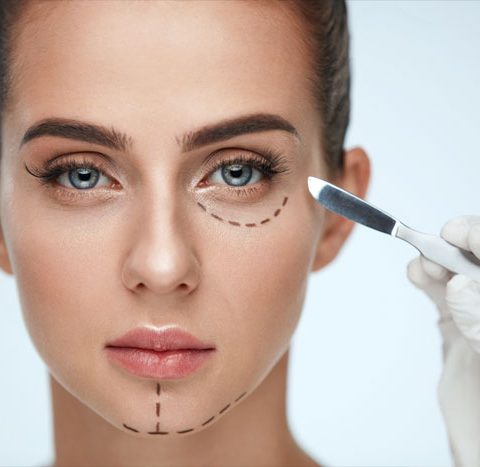The winter can sometimes affect the important weight bearing area of our body; that is the feet on which we stand proudly. And pretty feet is really important to attain that well-groomed look.
The problems of cracked heels, eczema, discolouration of toe nails, fungal and bacterial infections of feet and nails, increased sweating, foul odour, etc tend to increase in the winter.
In addition to that the lack of moisture in the air can dry out the feet, and heavy socks and shoes may prohibit dead skin from shedding, leading to dry and flaky feet.
Here is how to deal with common problems of the feet in the winter:
Frostbite
In literal terms, frostbite is frozen body tissue. Wearing socks and shoes helps, but be sure that they are completely dry. Wearing wet socks or shoes for long can lead to frostbite.
Frostbitten feet should not be immersed in hot water, as you are likely to burn your feet that may be numb from the cold. Instead, use lukewarm water. In case of severe frostbite, which can cause blisters and blackening of skin, it is better to seek medical intervention.
Chilblain
‘Chilblain’ is an old English term compounded from chill and blain, an archaic usage for an inflamed swelling or sore on the body. Also called ‘perniosis’ or ‘blain’, it is caused by exposure of skin to damp air.
It is painful but causes little or no permanent impairment. It appears as red, swollen skin, which is tender and may itch. In worst cases, it can lead to aching, prickly (pins and needles) pain, and even numbness. It can develop within a few hours if the skin is exposed to cold.
Nail care
And finally, you have to make sure they cut and clean their nails regularly to prevent fungal infection. Hardened nails in cold season can be avoided by protecting them from detergent exposure.
What to do
Change socks daily
Keep feet clean and dry
Wear 100 per cent cotton socks
Use foot powder in socks and shoes
Soak feet in lukewarm water
In case of severe frostbite, don’t warm your feet near a heat source such as open flame. Don’t use a heating pad.
Receive immediate medical attention if there are signs of tissue damage.
Use glass balls or pebbles in the bath/shower. Rub your feet on and between them, as long as you stay in the water.
Rough heels with cracked parts may be the result of wearing synthetic stockings, or vitamin A and B deficiency.
Each day, even 15 minutes of attention can restore your feet’s glory.



